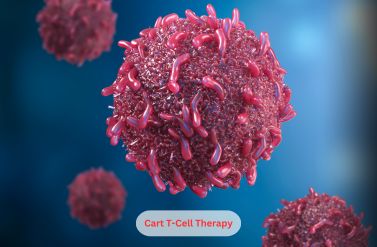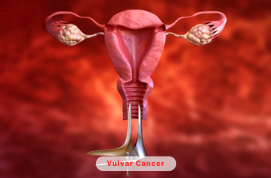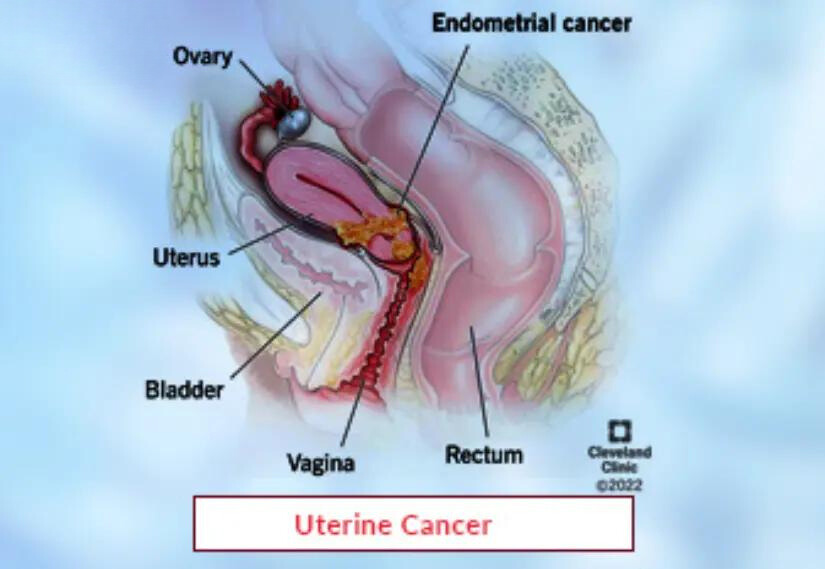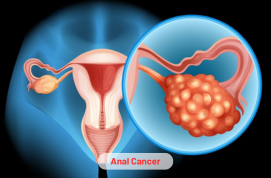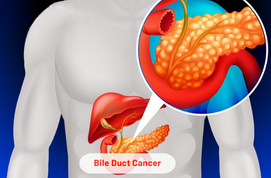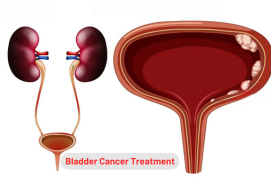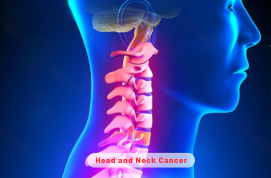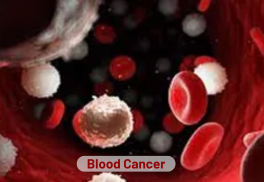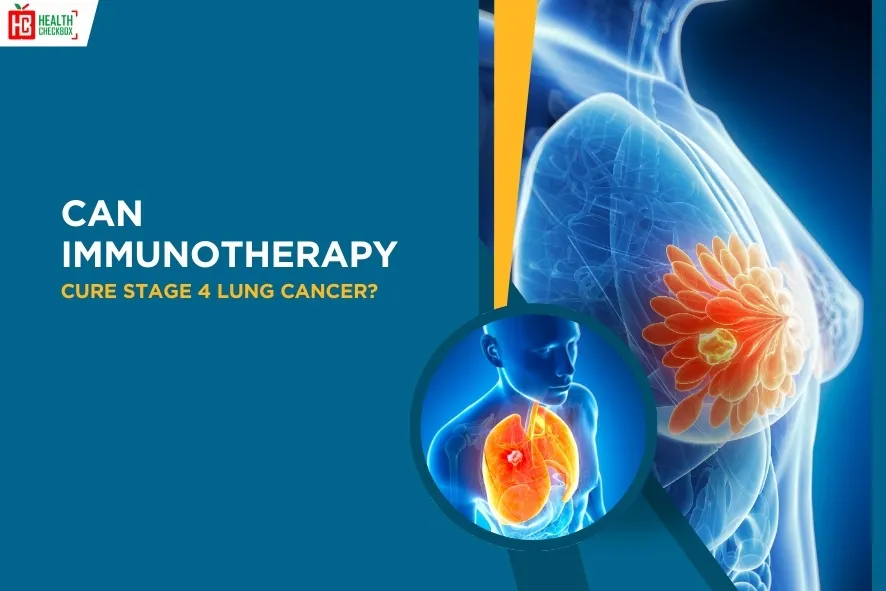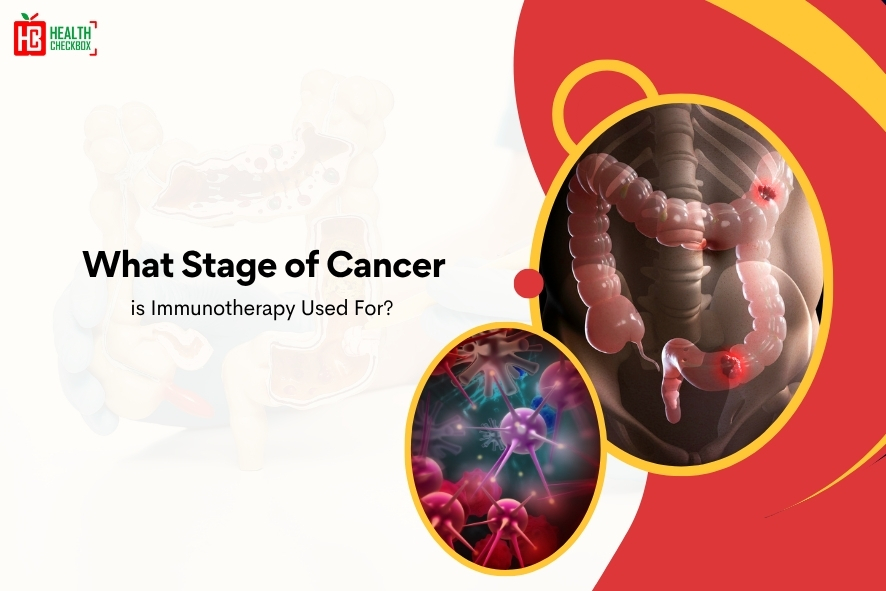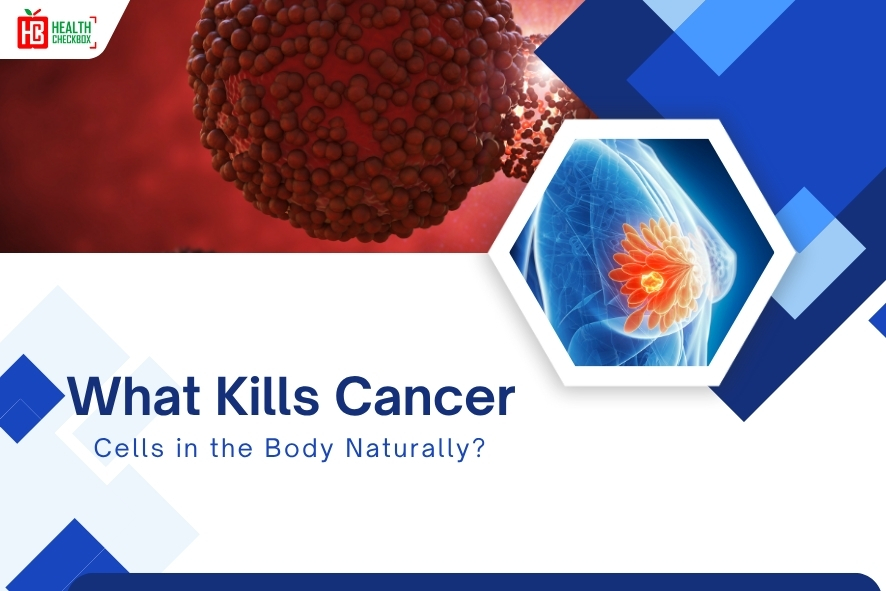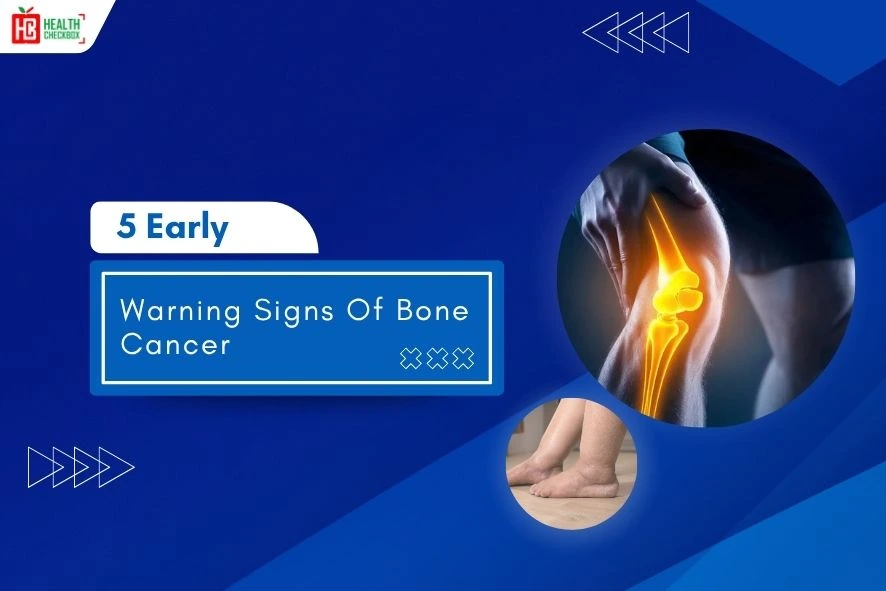Chimeric Antigen Receptor (CAR) T-cell therapy is an advanced cancer treatment. It is designed to treat certain types of cancer, primarily blood cancers. It involves altering a patient’s own T-cells which is a type of white blood cells in the body. Doctors performed it to express receptors specific to cancer cells. During the procedure the T-cells are collected and sent to the lab for making healthy cells. After that these artificial T-cells are introduced into the body of the cancer patient to stop the spread of malignant cells. This is a significant breakthrough in personalized medicine particularly for patients who are not responding to more traditional forms of treatment like radiation or chemotherapy.
It has shown remarkable results in treating certain leukemias and lymphomas but its application to solid tumors and other cancers is still being studied. A personalized treatment plan is given to each patient requiring advanced laboratory and clinical techniques. As a cancer patient if you too are not getting results from traditional treatment methods you can opt for this treatment. You can also book an appointment on our website for further details.
Types of CAR T-Cell Therapy
The targeted antigen and the type of cancer can affect the CAR T-cell therapy. The following are the most often authorized treatments.
1. CD19-Directed CAR T-Cell Therapy
A cancer treatment called CD19-directed CAR T-cell therapy makes use of the patients own T-cells or immune cells to combat the disease. T-cells are gathered by doctors modified in a lab to detect a protein called CD19 present on cancer cells and then given back to the patient. With the help of CD19 these modified cells seek out and eliminate cancer cells. Mostly used when other treatments have failed it treats blood cancers such as leukemia and lymphoma. Though it requires careful monitoring and may have major side effects this therapy can be very effective.
2. BCMA-Directed CAR T-Cell Therapy
BCMA-directed CAR T-cell therapy is used to treat blood cancers such as multiple myeloma. T-cells which are unique immune cells are used by the patient. In a lab these T-cells are gathered and modified to identify BCMA, a protein present on myeloma cells. When the patient receives their modified T-cells back they locate and eliminate the cancer cells. When alternative therapies have failed this one is used. Although it can be highly effective, patients are closely monitored both during and after treatment because of the possibility of serious side effects.
3. Experimental CAR T-Cell Therapies
Clinical trials are currently being conducted to test novel treatments known as experimental CAR T-cell therapies. By using a patient’s own T-cells that have been altered in a lab to target particular proteins on cancer cells they function similarly to approved CAR T therapies. Experimental CAR T therapies aim to treat more cancer types including solid tumors like brain lung and breast cancer in contrast to approved versions. Researchers are also using donor cells and testing novel targets. Prior to their widespread use these treatments are still being investigated to determine their efficacy and safety.
4. Allogeneic CAR T-Cell Therapy
An innovative method of treating cancer is allogeneic CAR T-cell therapy which uses T-cells from a healthy donor instead of the patient’s own. After being altered in a lab to identify and fight cancer cells the donor T-cells are given to the patient. Although conventional CAR T therapy makes use of the patients own cells this commercially available method might be quicker and easier to use. Because donor cells can sometimes cause immunological reactions it is undergoing safety and effectiveness testing. Since it is still relatively new allogeneic CAR T therapy has not yet gained broad acceptance.
Causes of Need for CAR T-Cell Therapy
Oncologists typically use CAR T-cell therapy when other cancer treatments are no longer effective. This treatment however is primarily used for certain blood cancers and in patients who have no other viable options it is not suitable for all cancer types. The following are the primary reasons why this therapy may be necessary for someone.
Cancer Comes Back : Too often there are chances of recurrence of cancer after being treated with chemotherapy or radiation.This is common while you have blood cancers like leukemia and lymphoma.
Cancer Doesn’t Respond to Treatment: Some adverse types of cancers don’t go away easily even after several rounds of treatment. This condition is called refractory cancer.
Aggressive or Fast-Growing Cancers: Certain kind of cancers develop and spread too quickly in the body. This makes it hard for doctors to control cancer growing cells with regular treatments. Hence, CAR T-cell therapy may offer good options to the patients.
Limited Treatment Options Left: Those patients who have tried getting various other treatments and continuously facing setbacks without success. Then the patients may turn to CAR T-cell therapy as a last hope.
High-Risk Cancer Types: Advanced treatments like CAR T may be necessary for certain high-risk forms of leukemia lymphoma and multiple myeloma.
Desire for Long-Term Remission: In some patients CAR T-cell therapy has demonstrated the capacity to produce a sustained remission particularly in cases where alternative treatments have proven ineffective.
Treatment Procedure of CAR T-Cell Therapy
CAR T-cell procedure is done in following steps:
Step 1: T-Cell Collection (Leukapheresis)
In the initial step blood is collected from the patient’s body, specially white blood cells called T-cells, and then these are separated and collected. The rest of the blood is returned to the body during the process. The whole procedure usually takes a few hours and may be done at a clinic or hospital.
Step 2: T-Cell Engineering
In the second step the collected cells, T-cells are changed using a certain virus to add a new gene. This gene aids the cells to grow special receptors called CARs that recognize cancer cells. The process is done in a highly secure and neat and clean laboratory.
Step 3: Cell Growth
The modified T-cells are developed in large numbers over 2 to 3 weeks and frequently checked by the lab technician to make sure they are healthy and functioning properly. Once these are ready, the cells are frozen and sent back to the hospital for infusion.
Step 4: Conditioning Chemotherapy
After that doctors administer a few days of low-dose chemotherapy which help the patient’s body to prepare and accept the new cells.
This weakens the immune system slightly so the CAR T-cells can work better. It usually lasts 3 to 5 days and may cause mild side effects.
Step 5: CAR T-Cell Infusion
The engineered T-cells are infused back into the patient’s body through an IV’s treatment. It’s a one-time treatment, similar to getting a blood transfusion.The procedure is mostly done in a hospital or cancer treatment center.
Step 6: Monitoring and Recovery
Lastly, patients are kept under observation to monitor or detect any sign of serious side effects such as fever or confusion. Some individuals may need to stay in the hospital for a few days or even weeks after the procedure.
Step 7: Long-Term Follow-Up
Doctors do regular check-ups to see how well the treatment is responding to the patient’s body. Doctors also look for late side effects or signs of the cancer returning. Some patients continue follow-up for months or even years.
CAR T-Cell Therapy Side Effects
Following are the some side effects that CAR T-Cell treatment involves:
- Fever
- Difficulty in breathing
- Low blood pressure
- Confusion
- Headache
- Seizures
- Feeling trouble while speaking
- Infection
- Low immune system
- Weakness
- Dry Mouth
- Fatigue
Benefits of CAR T-Cell Therapy
Despite the risks and posing side-effects, CAR T-cell therapy also offers significant benefits which are as follows:
- High Remission Rates: It shows up to 90% remission in some children and adult cases.
- Personalized Treatment: Made specifically for each patient using their own cells improving the efficacy and specificity of treatment.
- Minimal Long-Term Chemotherapy: Enhances long-term quality of life by lowering the need for ongoing chemotherapy.
- Single-Administration Therapy: A single infusion (following preparatory procedures) as opposed to repeated chemotherapy cycles.
- Hope for Previously Untreatable Cases: Provides a new advance option to the patients with few or no remaining treatments.
Latest Health Tips
Can Immunotherapy Cure Stage 4 Lung Cancer?
Early Signs of Cervical Cancer
Foods that Kill Cancer: Leafy Vegetables, Grains, & More
What Stage of Cancer is Immunotherapy Used For?
Which is Worse for Cancer, Sugar or Alcohol?
Vaccines That Prevent Cancer
What Kills Cancer Cells in the Body Naturally?
Early Warning Signs of Bone Cancer
Submit Your Enquiry
Testimonials








